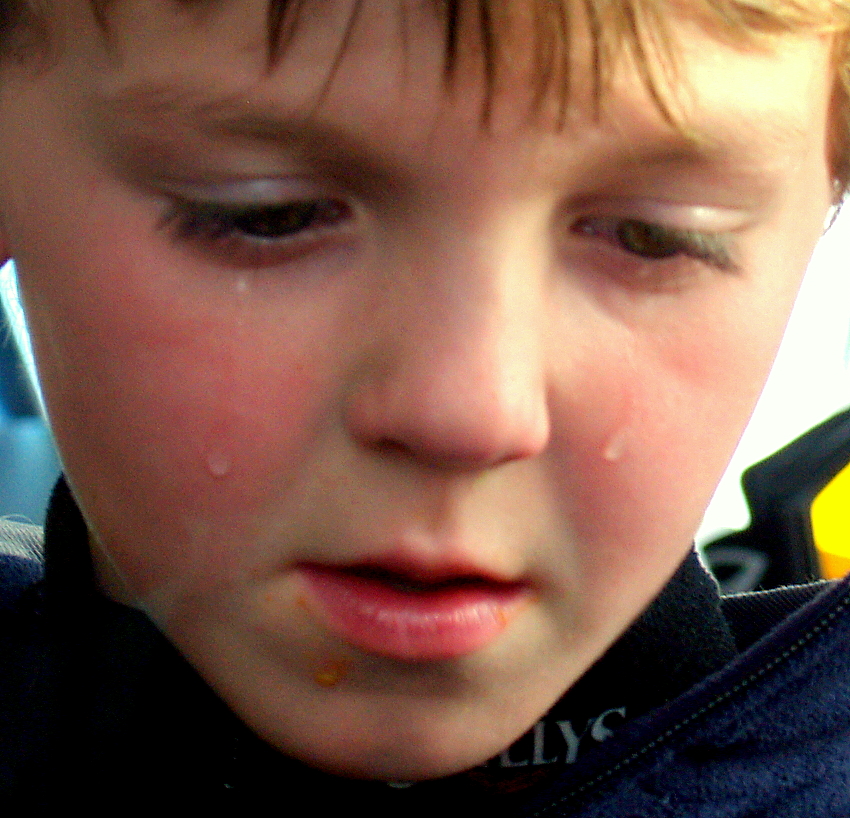176 Developmental Perceptions of Death and Death Anxiety
Martha Lally; Suzanne Valentine-French; and Dinesh Ramoo
The concept of death changes as we develop from early childhood to late adulthood. Cognitive development, societal beliefs, familial responsibilities, and personal experiences all shape an individual’s view of death (Batts, 2004; Erber and Szuchman, 2015; National Cancer Institute, 2013).
- Infancy: Certainly infants do not comprehend death, however, they do react to the separation caused by death. Infants separated from their mothers may become sluggish and quiet, no longer smile or coo, sleep less, and develop physical symptoms such as weight loss.
- Early childhood: As you recall from Piaget’s preoperational stage of cognitive development, young children experience difficulty distinguishing reality from fantasy. It is therefore not surprising that young children lack an understanding of death. They do not see death as permanent, assume it is temporary or reversible, think the person is sleeping, and believe they can wish the person back to life. Additionally, they feel they may have caused the death through their actions, such as misbehaviour, words, and feelings.
- Middle childhood: Although children in middle childhood begin to understand the finality of death, up until the age of nine they may still participate in magical thinking and believe that through their thoughts they can bring someone back to life. They also may think that they could have prevented the death in some way, and consequently feel guilty and responsible for the death.

- Late childhood: At this stage, children understand the finality of death and know that everyone will die, including themselves. However, they may also think people die because of some wrongdoing on the part of the deceased. They may develop fears of their parents dying and continue to feel guilty if a loved one dies.
- Adolescence: Adolescents understand death as well as adults. With formal operational thinking, adolescents can now think abstractly about death, philosophize about it, and ponder their own lack of existence. Some adolescents become fascinated with death and reflect on their own funeral by fantasizing on how others will feel and react. Despite a preoccupation with thoughts of death, the personal fable of adolescence causes them to feel immune to the death. Consequently, they often engage in risky behaviours, such as substance use, unsafe sexual behaviour, and reckless driving, thinking they are invincible.
- Early adulthood: In adulthood, there are differences in the level of fear and anxiety concerning death experienced by those in different age groups. For those in early adulthood, their overall lower rate of death is a significant factor in their lower rates of death anxiety. Individuals in early adulthood typically expect a long life ahead of them, and consequently do not think about, nor worry about death.
- Middle adulthood: Those in middle adulthood report more fear of death than those in either early or late adulthood. The caretaking responsibilities for those in middle adulthood is a significant factor in their fears. As mentioned previously, middle adults often provide assistance for both their children and parents, and they feel anxiety about leaving them to care for themselves.
- Late adulthood: Contrary to the belief that because they are so close to death they must fear death, those in late adulthood have less fear of death than other adults. Why would this occur? First, older adults have fewer caregiving responsibilities and are not worried about leaving family members on their own. They also have had more time to complete activities they had planned in their lives, and they realize that the future will not provide as many opportunities for them. Additionally, they have less anxiety because they have already experienced the death of loved ones and have become accustomed to the likelihood of death. It is not death itself that concerns those in late adulthood; rather, it is having control over how they die.
Media Attributions
- Figure 10 4 © David Shankbone is licensed under a CC BY (Attribution) license

